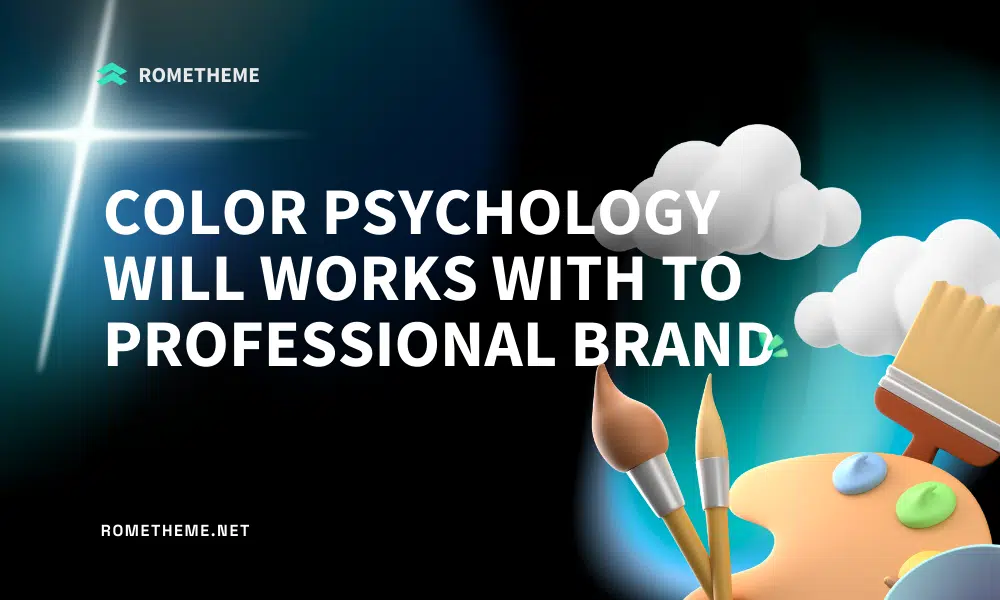Color often determines a consumer’s first impression of a brand or product. Consumers attach feelings they have about certain colors (e.g., black as luxurious) to the product. In turn, those color associations influence their perception of your brand, that’s color psychology.
Color psychology plays a major role in how consumers make decisions and evaluate brands:
- Up to 90% of an initial impression comes from color
- Color can increase brand awareness and recognition by 80%
- 93% of consumers make purchasing decisions based on visuals alone
Each color has its own influence on consumers.
Practical Tips for Choosing Color Schemes
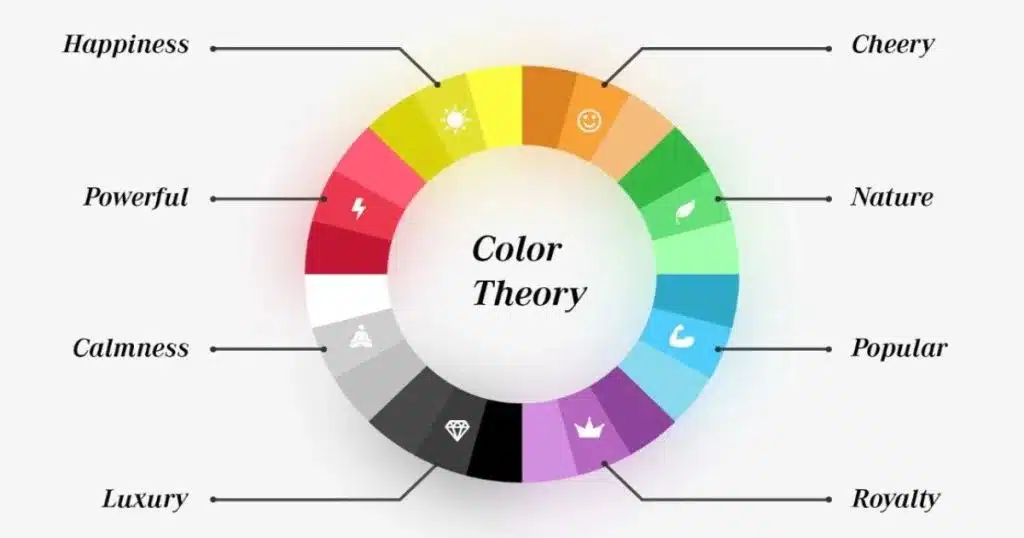
Strategies for Choosing a Color Scheme
Selecting a color scheme for a brand involves more than just aesthetic preference; it requires a strategic approach that considers psychology, target audience, and market positioning. Here are some strategies to guide this process:
- Understand your brand’s personality and values: Choose colors that reflect these elements. For instance, green can be ideal for eco-friendly brands, while purple might suit luxury or creative brands.
- Consider your target audience: Different demographics and cultures may have varying responses to colors. Research and understand your audience’s preferences and cultural connotations of colors.
- Analyze competitors: Look at the color schemes of your competitors to identify opportunities to stand out. Choosing a distinct color can differentiate your brand in a crowded market.
- Test and refine: Use A/B testing and user feedback to refine your color choices. What works in theory may not always resonate with your audience in practice.
Integrating Color with Overall Brand Strategy
Once a color scheme is selected, it must be applied consistently across all brand touchpoints, from the website and logo to packaging and marketing materials. Consistency strengthens brand recognition, making your brand more memorable and recognizable to consumers.
The strategic use of color in branding can have a significant impact on how a brand is perceived and remembered. By carefully choosing a color scheme that aligns with brand values and suits its target audience, brands can enhance their identity and emotional appeal. Color is not just a detail in branding; this is a critical component that can drive recognition, differentiation, and loyalty.
Color Trends in Web Design
Keeping up with color trends in web design is essential for designers who want to create modern and relevant websites. Trends can reflect changes in culture, technology, and user preferences, thereby influencing how audiences view and interact with digital content. This section discusses the latest color trends in web design, their impact on user expectations, and how to balance trends with brand identity.
Overview of Current Color Trends
Color trends evolve, influenced by broader societal trends, technological advances, and industrial innovation. Some current trends in web design include:
- Bold and Vibrant Colors: Bright, saturated colors are used to attract attention and make a bold statement. These palettes are often paired with simple layouts to keep the focus on color.
- Pastel and Muted Colors: In contrast to bold colors, there is a trend towards soft, muted, and pastel colors, which offer a calming and minimalist aesthetic that appeals to users seeking calm in the digital space.
- Dark Mode: Dark backgrounds with light text are gaining popularity for their aesthetic appeal and practical benefits, such as reduced eye strain and lower energy consumption on OLED and AMOLED displays. Also read our following article: Optimizing User Experience: Knowledge About Mode Vs. Light Modes In Web Design
- Gradients 2.0: Gradients are back, with a more complex and refined implementation than previous incarnations. They are used to add depth, interest, and a modern feel to designs.
- Duotones and Color Filters: This technique, which involves two contrasting colors or varying color filters, creates a striking visual effect that enhances imagery and layout.
Balancing Trends with Brand Identity
While following color trends is beneficial, it is important to balance these trends with your brand identity and values. The key is to adapt trends in a way that complements the brand, not overshadows it. For example, a brand known for its eco-friendly values might incorporate current trends by using modern gradients in natural colors, aligning the trend with its brand identity.
Color trends offer valuable insight into current design preferences and user expectations, serving as inspiration for web designers. By integrating these trends with brand identity and values, designers can create websites that are modern and timeless. By staying informed and adapting, designers can leverage trends to improve user experience and engagement, ensuring their designs remain at the forefront of digital innovation.
Below we provide references for using colors that are suitable for various types of brands that you can choose:
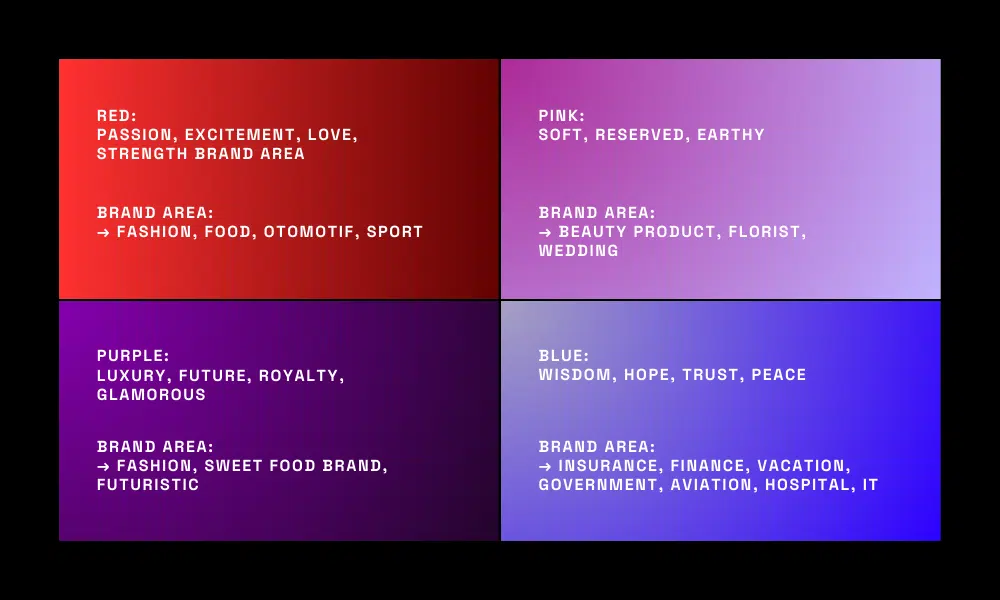
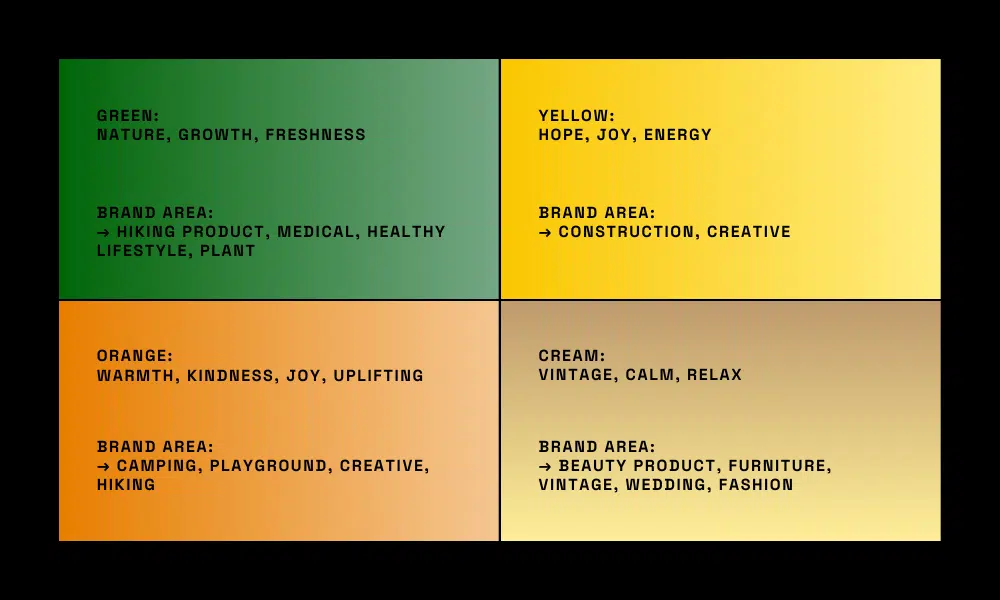
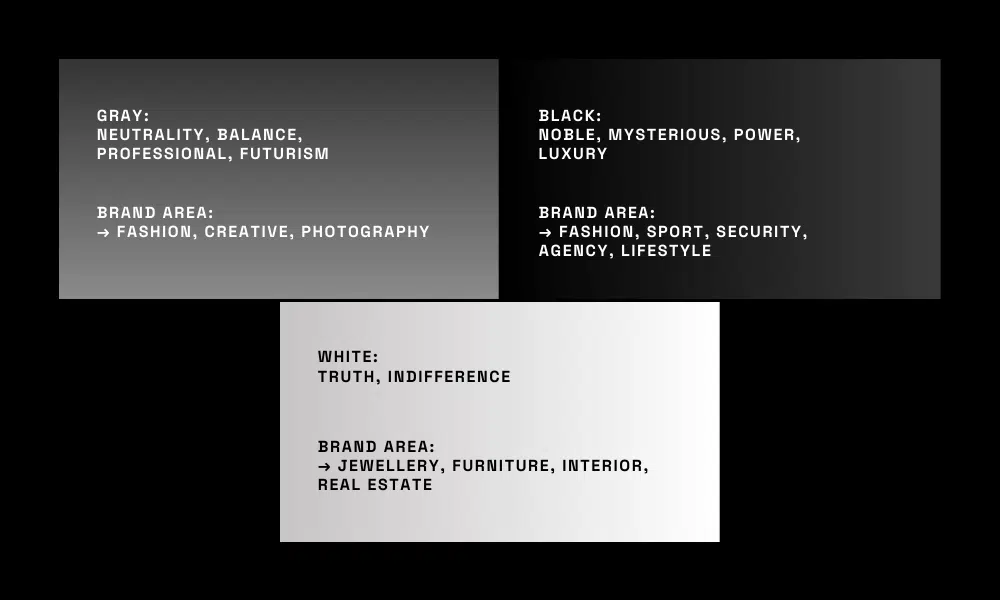
Conclusion
Through this article, we hope you can understand the use of color which plays a strategic role in branding.
Color is not just an aesthetic choice; it is a powerful communication tool. By leveraging the psychological effects of color, considering cultural implications, and prioritizing accessibility, designers can create websites that not only look good but also perform well, meeting the diverse needs of their users. In the dynamic world of web design, color remains a key element in attracting attention, driving engagement, and fostering a positive user experience. Also, pay attention to its use for a long period of time. Don’t confuse your users visitors or customers.
Source:
- The Power of Color Psychology in Web Design
- Color Psychology: How To Use it in Marketing and Branding
Visit our website to browse our stuff and follow our Instagram for great content!
Website: www.rometheme.net
Instagram: rometheme_studio

